The Secret To Making Star Trek’s Most Confusing Language
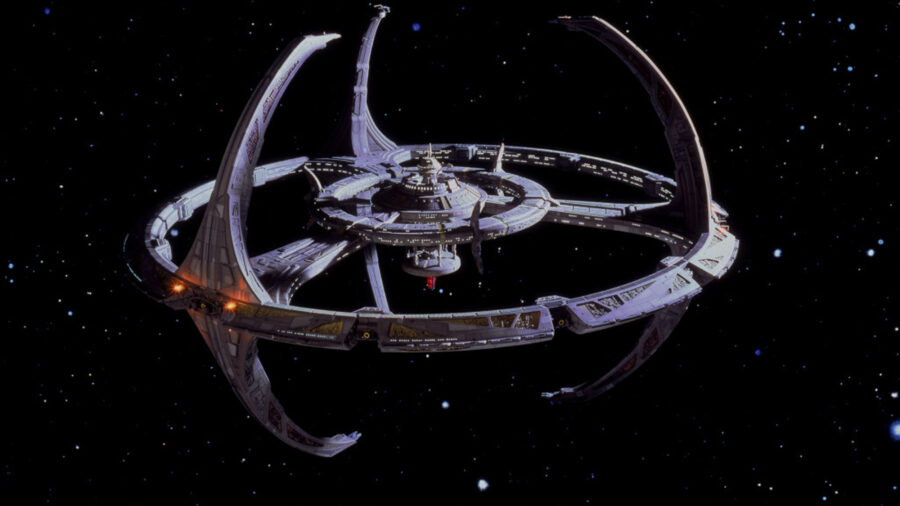
Star Trek is a franchise that has created some impressive original languages, including Klingon. However, the most confusing language was created for DS9, and making it vexed the episode writer because he had to create a language for characters who are unable to communicate. In the Star Trek: Deep Space Nine episode “Babel,” many characters are afflicted with aphasia, and writing for characters who can’t communicate proved a challenge that writer Michael McGreevey ultimately overcame.
Babel
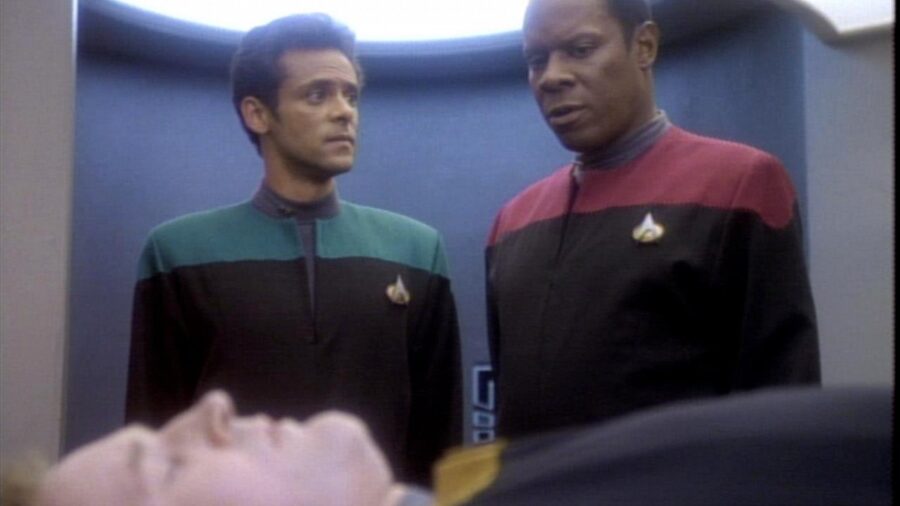
Before we get into his story, you may need a primer on Star Trek: Deep Space Nine’s “Babel,” one of the show’s most ambitious–and literally confusing–episodes. The plot is driven by a replicator issue that causes contagious aphasia, and those infected by it completely lose the ability to communicate with others.
They can still verbalize, but what comes out of their mouths sounds like gibberish to both the audience and the onscreen characters.
Because of that, you might think writing for the infected characters would be as simple as just writing down gibberish. However, Star Trek writer Michael McGreevey quickly determined that this approach wouldn’t work when he was writing “Babel.”
It Couldn’t Be Pure Nonsense
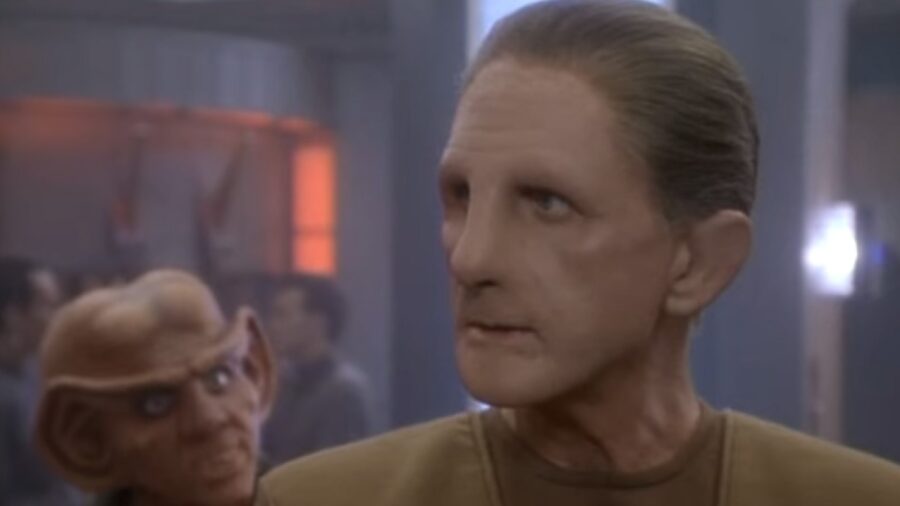
He later said, “it couldn’t just be gibberish, because the person who was speaking was trying to say something.” In other words, true gibberish sounds like just random words, but the infected crew is still trying to say something despite the aphasia, so what came out of their mouths needed to sound more intentional and less randomized.
No Linguistic Background
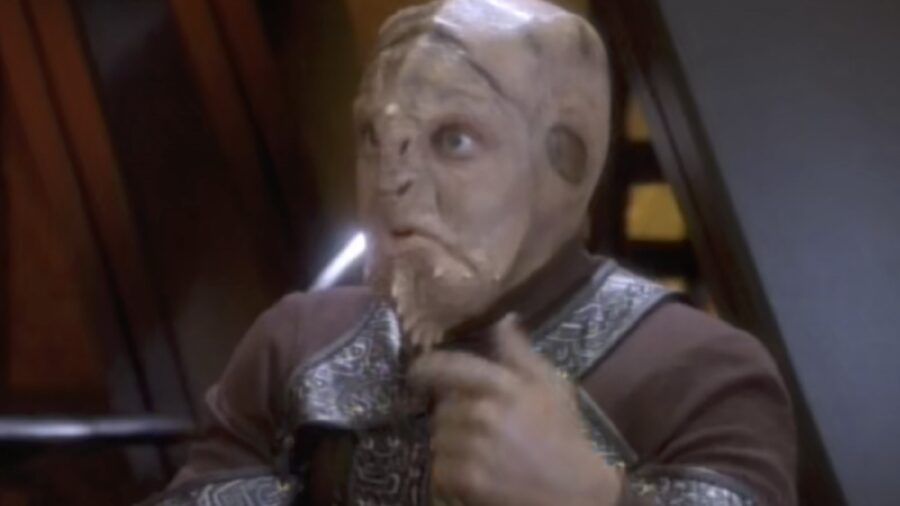
This created a dilemma for this Star Trek writer that nobody else in the franchise had ever faced before: how would he write “Babel” dialogue that sounded intentional but was ultimately meaningless?
When Marc Okrand developed the Klingon language, he had a lifetime of linguistic training and was able to craft much of this warrior language using ideas based on other languages. McGreevey, meanwhile, didn’t have much of a linguistic background, and by definition, he couldn’t make his characters suffering from aphasia sound like they were speaking anything inspired by a real language.
Sticking To The Rhythm
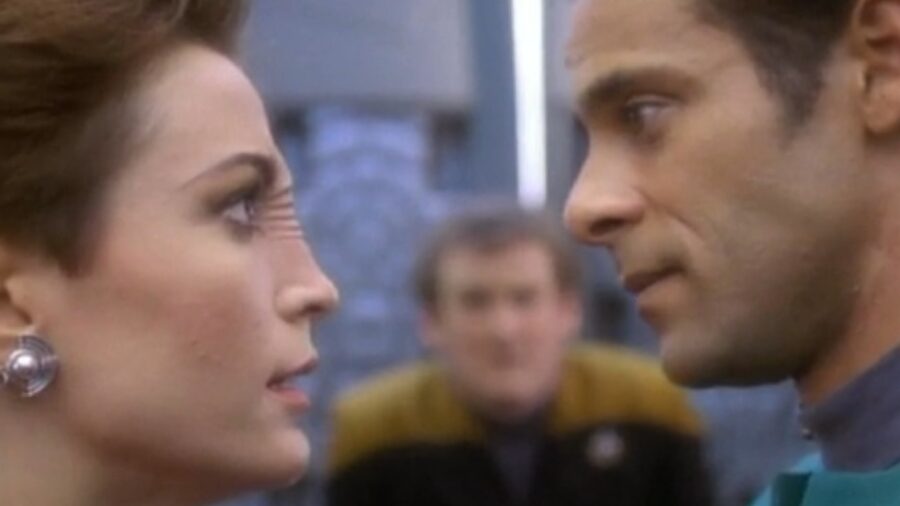
How, then, did he go about crafting this Star Trek ep and making the nonsense language in “Babel” not sound like pure gibberish? According to the writer, he would say the words out loud and then write down the real meaning of what the characters were trying to say in parentheses.
He paid special attention to “keeping the rhythm the same” and he later reported that “It was almost like writing poetry, because I was using a meter, like an iambic pentameter.”
Fortunately, the approach worked: not only was the Star Trek episode an early success for Deep Space Nine, but the “Babel” writer reports that his efforts to preserve rhythm and meter “helped the actors in delivering those lines.”
In this way, he pulled off the impossible by creating a realistic Star Trek language that sounded like nothing else in either the real world or Gene Roddenberry’s fictional universe. And while the plot and performances are great, we must admit that the language spoken by the infected remains the most captivating part of the episode.
Shakespeare
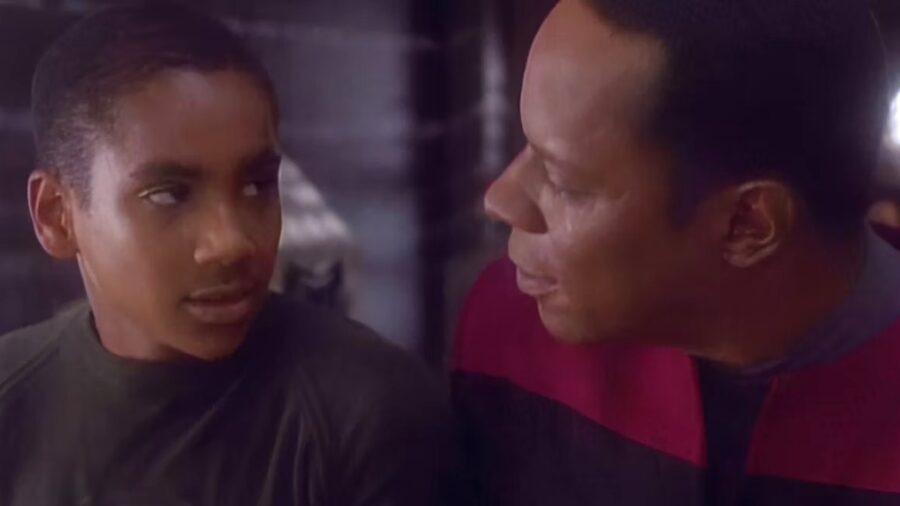
Among all the other interesting details this Star Trek writer dropped about “Babel,” we are particularly fascinated by the idea that he was inspired by the iambic pentameter made famous by William Shakespeare.
Once again, the immortal Bard casts a very long shadow over this equally immortal sci-fi franchise. Now, we just have one question for McGreevey: was he inspired by Shakespeare in the original Klingon?












